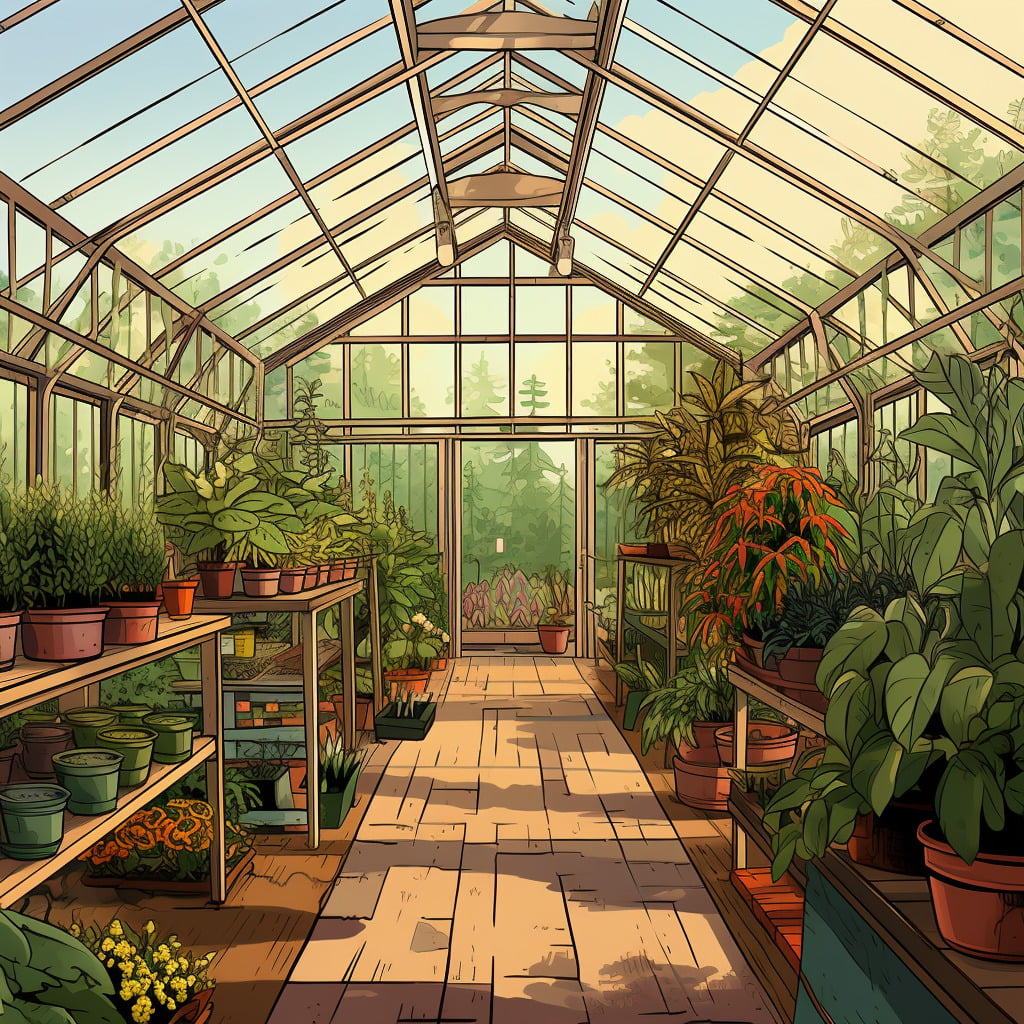Squashes, encompassing the beloved pumpkin, flourish beautifully in the Pacific Northwest’s temperate climate. From small-scale family plots to extensive farm operations, they’ve become a staple for many.
When it comes to variety, pumpkins like ‘Sugar Pie’ are perfect for pies, ‘Howden’ is the go-to for jack-o’-lanterns, and ‘Baby Pam’ offers a smaller decorative touch. Summer squashes such as the ‘Black Beauty’ zucchini and ‘Early Prolific Straightneck’ yellow squash are both popular and reliable. If you’re leaning towards winter squash, consider ‘Delicata’, ‘Butternut’, ‘Acorn’, or ‘Spaghetti’ as these have all proven to fare exceptionally well in our region.

For the ideal growing conditions, select a spot bathed in sunlight for most of the day; squashes adore the sun. The soil should be well-draining and enriched with organic matter. It’s a good practice to mix in some compost or well-rotted manure a few weeks before planting, aiming for a pH level between 6.0 to 7.5. Remember, vining squashes like pumpkins adore space, so provide 50-100 square feet per hill. The bushier varieties will be content with 2-3 feet between plants.
Planting season usually kicks off in late May to early June, ensuring the soil has warmed up to at least 60°F. Seeds should nestle about an inch deep in the soil. If you’re using transplants, they should sit at the same depth they occupied in their containers. Watering is crucial, especially during the initial germination phase and when they flower. Employing drip irrigation or soaker hoses can be a lifesaver as they keep the leaves dry, reducing the risk of fungal diseases.
As your plants grow, you’ll notice that squashes are rather voracious, feeding heavily from the soil. Fertilizing at planting and occasionally adding compost or a high nitrogen source during the growth period can work wonders. To manage weeds, retain moisture, and ensure the fruits remain clean, consider mulching with straw or black plastic. The damp climate of the Pacific Northwest can sometimes invite pests like squash bugs or diseases such as powdery mildew. Regular monitoring, ensuring good air circulation, and occasional use of organic fungicides can keep these at bay.
Come harvest time, summer squashes are best picked when young and tender. As for winter squashes and pumpkins, you’ll want to wait until the rind hardens and fully develops its color. Once harvested, summer squashes are happiest in the refrigerator for up to a week, while the winter varieties prefer a cool, dry place where they can stay fresh for several months.
In essence, cultivating pumpkins and squash in our Pacific Northwest region is a journey of joy and rewards. With attention and care, your garden will burst with hues and flavors ready to grace your table and warm your heart. Happy gardening!

